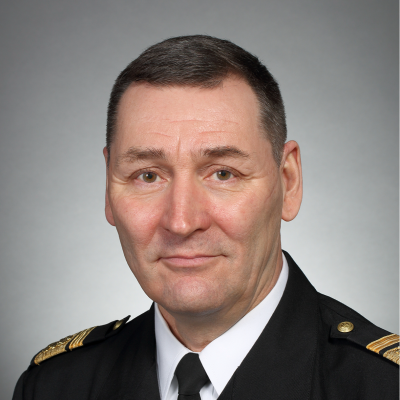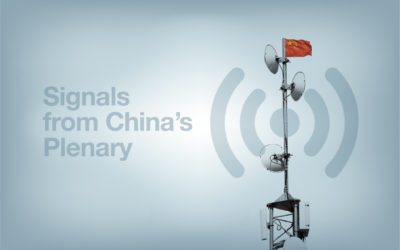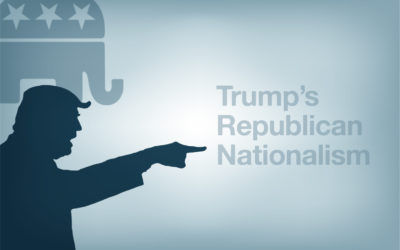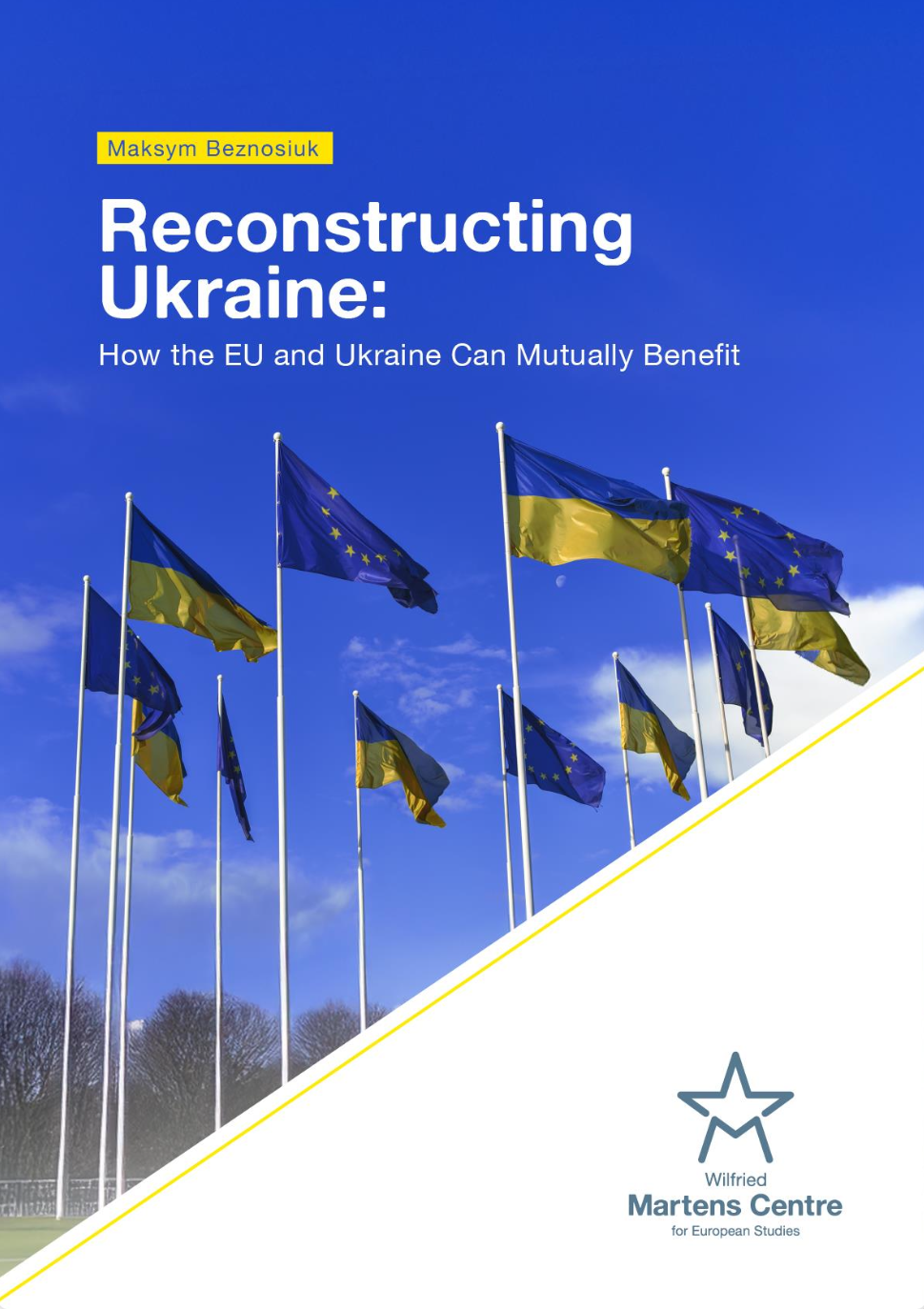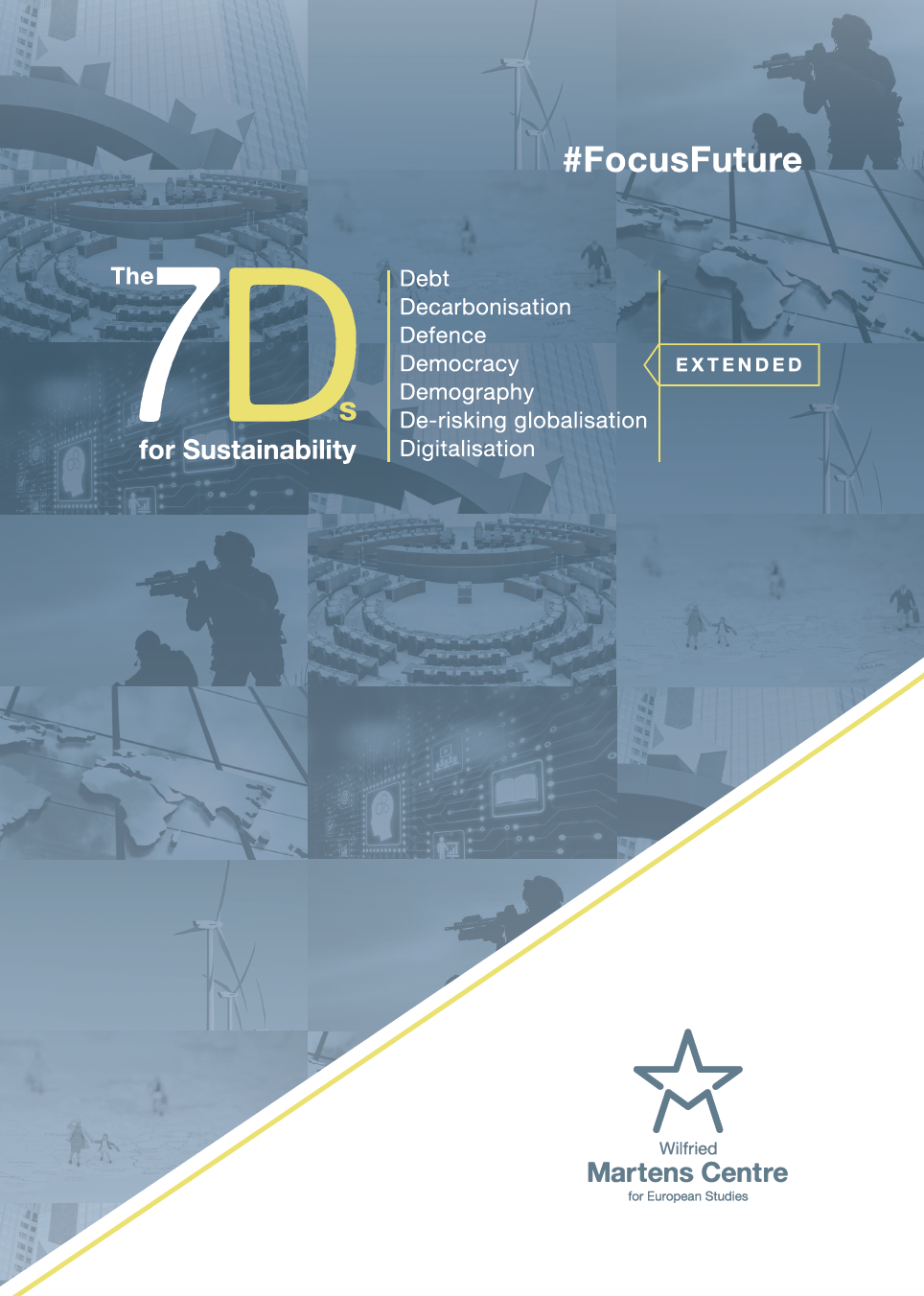Should Europe Send Troops to Ukraine?
16 April 2024
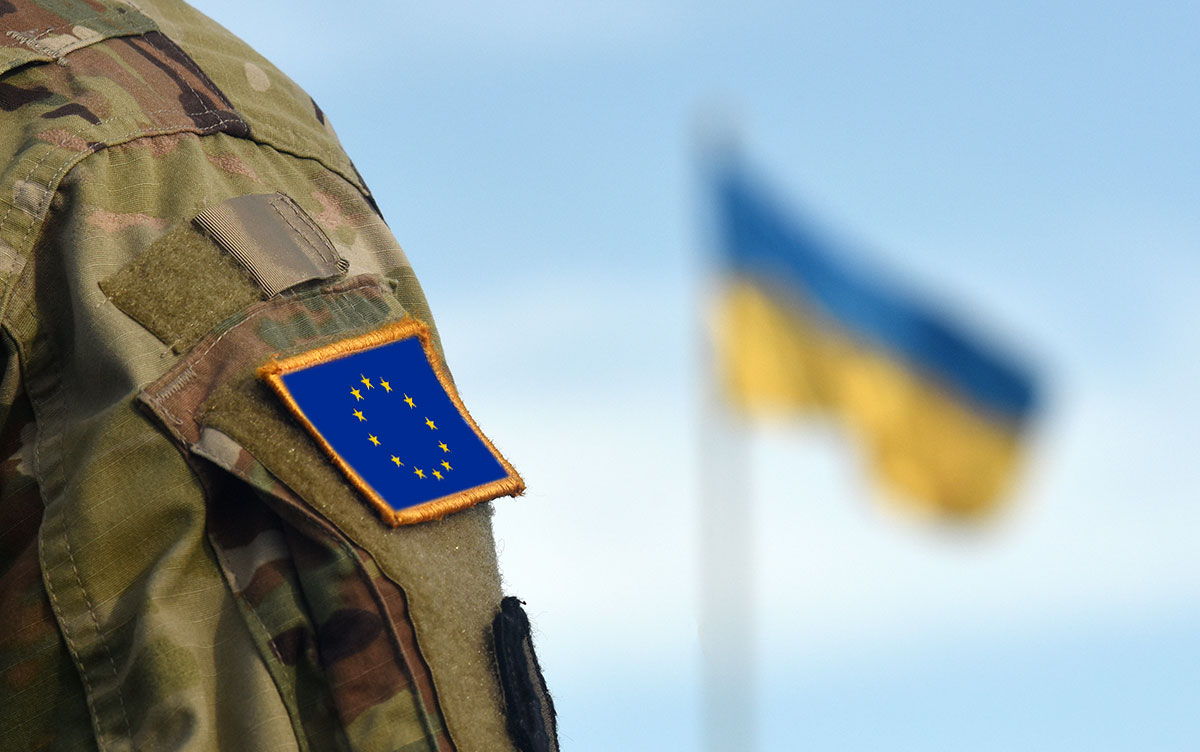
President Macron stating that Europeans may consider sending troops to Ukraine is a psychological shock for Europeans. It brings war one step closer to kitchen tables. But is it feasible from a battlefield perspective?
Mostly because of Moscow’s extreme “denazification” goals, there are only two ways out of this conflict right now: Russia’s victory or Ukraine’s victory. And given demographics and Ukrainian infantry losses, it is all too obvious that Ukraine can only last two or three more years at this deadly pace. Russia, on the other hand, can prolong the ordeal it initiated until the end of the decade.
In practice, this means that Ukraine’s second military mobilisation wave will be its last. Could European troops be that third wave that would allow Ukraine’s war effort to regenerate as of 2025 or 2026? Is the future a combination of European and Ukrainian troops fighting side by side?
Let us be frank: once in Ukraine, it is highly unlikely that European troops will stay for very long safely in the rear. The Russian army will find a way to engage them with deep ballistic strikes. Additional air defences will protect these fresh European units; they could also protect certain industrial sites ramping up arms production. But Russia will find ways to overcome these defensive measures by concentrating its fires. European troops will be in immediate danger: you can expect wounded and killed in action as of the first month of engagement.
Europeans have not faced such battlefield intensity since World War II. The air dominance and heavily-walled bases of Afghanistan, of Iraq or of the Balkans cannot be used as a benchmark. European armies would need to test never tried before concepts such as decentralised operations with little connectivity from front to rear, or the integration of civilian digital tools within military manoeuvers. Even European Special Forces would operate in an unprecedented context.
At a more strategic level, supporters of Ukraine would have three options: NATO, EU or national contingents.
Option 1: NATO. NATO decision making is driven by consensus, which sits at the heart of its centre of gravity, which is Alliance cohesion. There is currently no consensus of this in NATO, with the White House declaring it would not send troops to Ukraine. Germany, Britain, Italy, Spain, Poland and the Czech Republic also all swiftly distanced themselves from the idea.
However, if consensus was to be established, then NATO has the command and control (C2) at strategic level (HQ NATO and SHAPE), supported by LANDCOM, AIRCOM, MARCOM and NSHQ; at the operational level; JFC Brunssum, Naples and Norfolk and at the tactical level a number of High Readiness Force Land HQs (HRFL). The elements of these in the VJTF and NATO Response Force (NRF) are at high readiness.
Option 2: the European Union. The EU lacks the command and control framework that NATO has and is not set up and organised for war fighting, which is what this would become very quickly. It also lacks the confidence that comes from experience as it never sent such a volume of soldiers meeting such life and death odds. The EU would be very quickly asking NATO for C2 and logistic support.
However, this option could be a good catalyst for the establishment of an EU force structure, along the vision of France. In the context of a future President Trump and dwindling US support for NATO, this might be a serious option. It might also be a very good strategic communications initiative to start to mobilise and force generate the resources required, which in turn would send a strong message to Russia.
Option 3: a group of willing nations. This is what is happening right now. Nations are providing logistical and C2 support on a bilateral basis, particularly in supporting the delivery of intelligence, high tech weapons and ammunition. Perhaps these activities could be better grouped and messaged to send a stronger and more cohesive supporting message to Ukraine and Russia. NATO would be the most effective organisation to do this and could do so without deploying C2 into Ukraine. A strategy of ‘leading from behind’.
However, it leaves a few questions open. First, what would be the relationship of the forces deployed with Ukraine’s own military chain of command? Would they be subordinate to the Ukrainian armed forces or would they operate under the national command of the sending state? The question is not a simple one.
Second, and perhaps more importantly, what would be the purpose of this foreign force supporting Ukrainians, bearing in mind that Russia and China will block any UN resolution: Ukraine becoming whole again? Making sure that Russian forces cannot advance up to the Dnieper? Ensuring that Odessa remains Ukrainian for longer-term economic viability?
Third, how would we pull out if we have to and on what terms? If Russia were to advance past the Dnieper or move troops again from Belarus, Europe’s foreign contingent would have to reconsider its layout and its overall purpose in coordination with Kyiv. A mixture of guerilla activities and diplomacy may ensue.
Winning in Ukraine needs such conceptual bluntness and adaptability. It also needs to be comprehensive from the start: land manoeuvres, maritime, air, cyber, including increased strikes into Russian flanks, tech, robots, drones, AI, loitering munitions, cyber information operations targeting the mothers at home and those stuck in the trenches.
All these questions do not need to be tackled in the media or in any other public debate, though Macron’s “thinking of the extremes” was highly useful. This is something our political and military leaders can think about behind closed doors in the next few months. So should those gloomy men in their bunkers within the walls of the Kremlin.
ENJOYING THIS CONTENT



